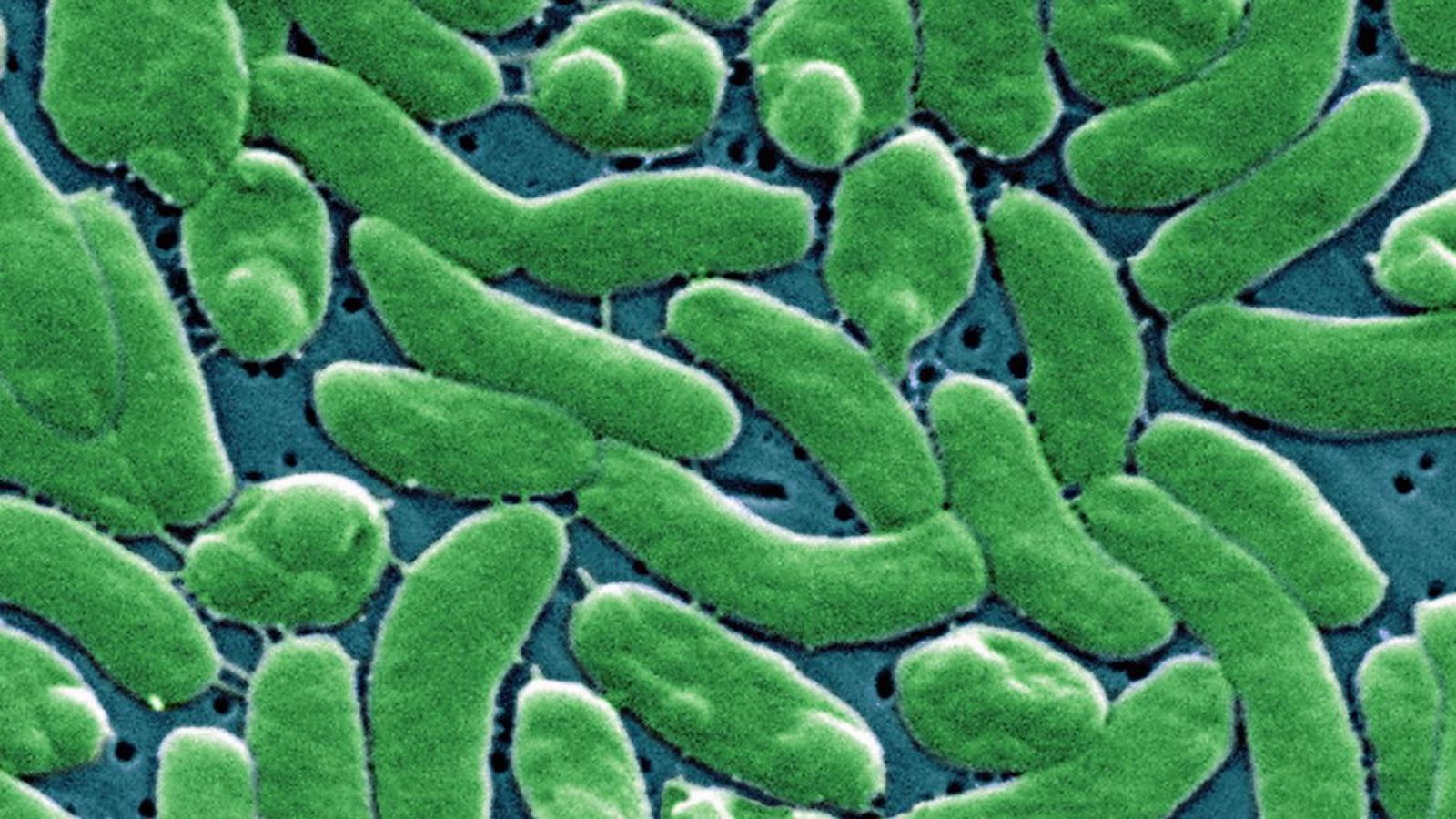Hurricane Ian brought carnage to Florida on September 28, as The Dallas Express previously reported. Hardships for the state seem long from over, as the hurricane has contributed to an increase of flesh-eating bacteria this year. This surge is most visible in Lee County, which was hit hardest by Ian.
According to Florida’s Department of Health, as of October 14 there has been 65 cases and 11 deaths caused by vibrio vulnificus infections in Florida so far this year. These numbers are up from 34 cases and 10 deaths reported in 2021. In Lee County alone, where the flood waters were high, the health department has reported 29 cases and four deaths this year.
Last month when Hurricane Ian made landfall just west of Fort Meyers as a powerful Category 4 storm, it brought with it an over 12-foot storm surge, an average rainfall of 20 inches, and winds reaching up to 150 mph.
These high levels of flood and standing salt waters, especially when warm, are breeding grounds for infectious diseases such as vibrio vulnificus, according to scientists. This helps explain why coastal communities like Fort Myers is seeing a spike in cases, while central Florida, which was flooded with freshwater, is not seeing a similar spike.
Salvador Almagro Mareno, a professor from University of Central Florida and an expert in flesh-eating bacteria, told local news outlets that he is not surprised by the spike. The flood waters put people in contact with bacteria that they might never have had before, he said, “and also people are gonna have like wounds because they are gonna be carrying things. It’s going to create the perfect environment for transmission of the disease.”
In a news release on October 3, Lee County health officials urged the public to take precautions, warning that people with open wounds, cuts, or scratches could be exposed to the bacteria through contact with other sea water or brackish water.
Symptoms of vibrio infection, or vibriosis, include watery diarrhea, abdominal cramping, nausea, vomiting, fever, and chills. Treatment is not always needed, and severe illness is rare, but doctors prescribe antibiotics in more persistent cases, according to the U.S. Centers for Disease Control and Prevention (CDC).
However, if water does come into contact with a wound, health officials urge individuals to seek medical attention immediately if an infection is apparent. This is especially true for those with autoimmune disorders for whom flesh-eating disease, or necrotizing fasciitis, may be particularly dangerous.
The CDC reports that flesh-eating disease can spread quickly throughout the body and can only be stopped by rapid antibiotic treatment and prompt surgery.






